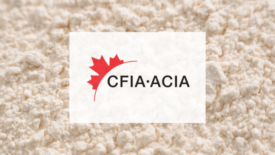Supply Chain
Food processors are certainly aware of FDA's Final Food Traceability Rule, but many are not sure how they will be affected by it
Read More
BIZTRACKS
Industry Shares Best Practices for Supply Chain Visibility at GS1 US Summit
April 6, 2023
Current States of Food Safety Culture and FSMSs in Food Establishments
In what ways is your brand either superior to or deficient from the behaviors revealed by your colleagues?

April 5, 2023
BIZTRACKS
Interactive “Food Safety Ninja” Website Launched by Local Health Department
March 27, 2023
Never miss the latest news and trends driving the food safety industry
eNewsletter | Website | eMagazine
JOIN TODAY!Copyright ©2025. All Rights Reserved BNP Media.
Design, CMS, Hosting & Web Development :: ePublishing










